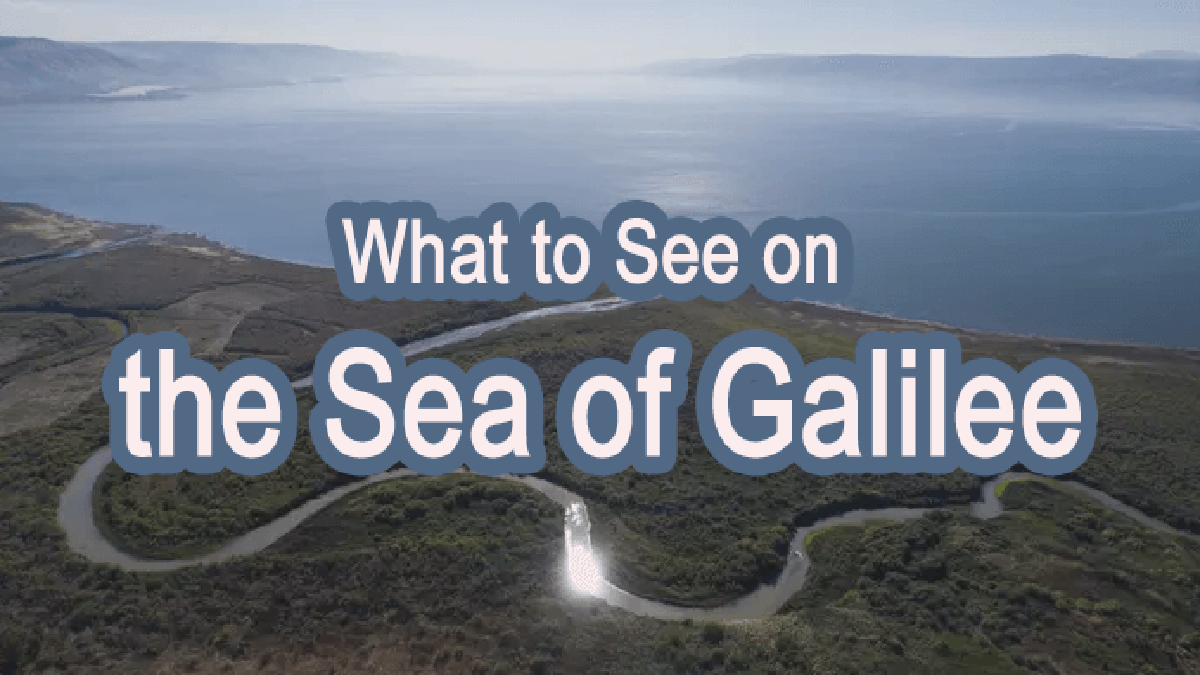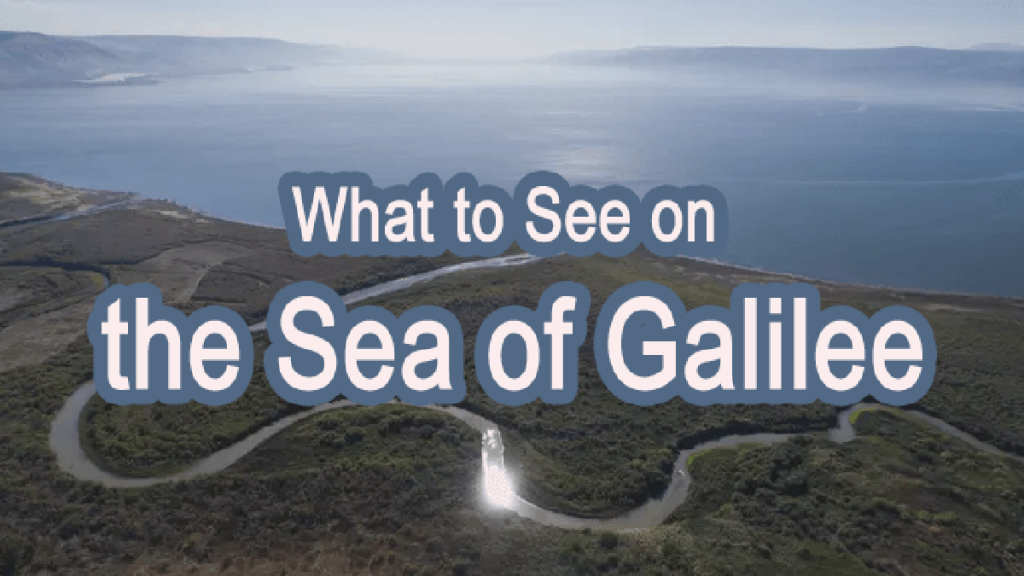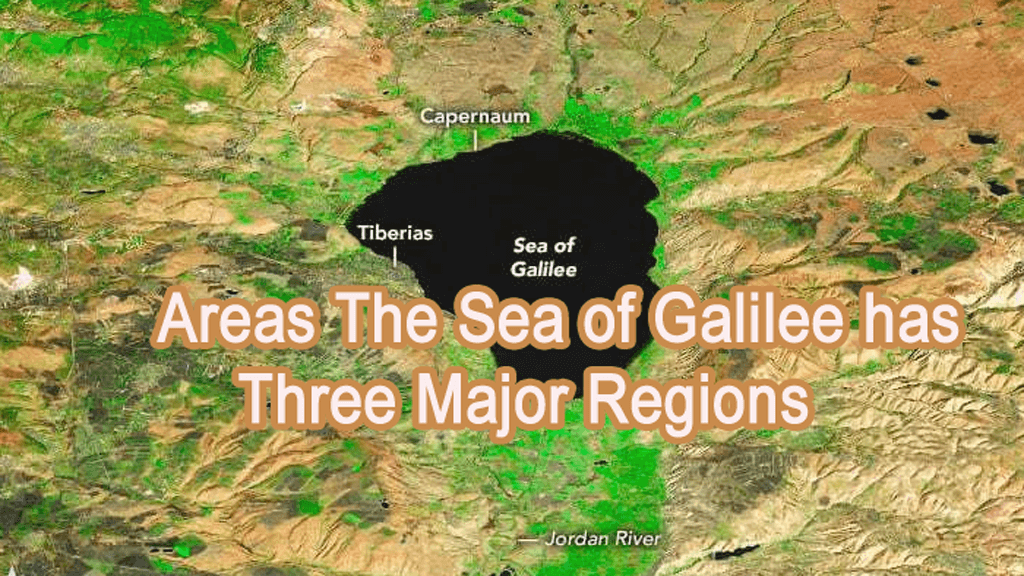Sea of Galilee – What Best to See

The Sea of Galilee or Lake Tiberius, also known as Kinneret, is an ancient saline water body situated in Israel, covering about 1 square kilometer. It is the second-lowest lake in the world and the lowest freshwater body in the planet, at relatively low levels between 217 meters and 209 meters beneath sea level.

It shares its shores with many other saline lakes, including the Dead Sea and the Seychelles, and is the source of one of the largest inland lakes in the Middle East. A unique feature of the Sea of Galilee is that it is the only lake to have completely dried up all its freshwater into a dry land deposit, which is called a “desiccated lake”.
Areas The Sea of Galilee has three Major Regions
Content Summery

- The Western Galilean Block – The western part of the sea of Galilee is considered being more arable for agricultural use.
- The Eastern Galilean Block – The eastern part is the region of the sea of Galilee, which covers the area between the Dead Sea and the Sea of Galilee.
- The Bitterroots – The Bitterroots refer to the area which lies between the sea of Galilee and the neighboring Jordan.
What to See (Sea Of Galilee)
Features
A large quantity of fresh-water lakes exist in the sea of Galilee. Most of them are shallow and feature anhydrous gravel; the major exceptions are Haifa, Qeis, Mideast, Psokos, and the northern Carmel. The major bodies of water in the sea of Galilee are Haifa, Eilat, Safaga, Taba, Fork, Reggio, Aswan, mount Abu and Yarmouk. Of these, Haifa is the largest, and accounts for over 70% of the total volume of water. Haifa is also the most populated and has the highest density of inhabitants of any city in the entire world.
You Can Read:
Attractions in Green Lakes State Park
Dams
Some of the largest bodies of water on the entire planet are found in the sea of Galilee. Dams are formed due to fluctuations in the water levels caused by precipitation and evaporation. They can be very dangerous and even deadly at times. For this reason, you should take precautionary measures before entering into an agreement with any company that deals with sea dams. You should be able to visit the sites before signing the deal; it should tell you about the risks involved and should provide you with sufficient information that will enable you to make an informed decision.
- Camping with the Crew: Wholesome Hacks and Ideas for Family Adventures
- Ultimate Guide to Planning a Family Vacation 2024: 5 Steps
- Essential 17 Tips for Planning a Trip to Asia
- When Was the Great Wall of China Built and Finished?
- Best Places to Visit in India in Summer in Low Budget 2024
Diving
The sea of Galilee is well-known for its great marine life and beautiful coral reefs. In fact, many celebrities and sportsmen have made a beeline to the area to swim and dive in the vast marine environment found there. There are many wrecks and old shipwrecks, which are the home to different types of marine life. Some of them are protected from the divers and wreck hunters, while others are not; hence, you should check the laws of the sea diving area before venturing into the sea.
Exploring
The coastal area of the sea of Galilee offers many interesting attractions. You can go hiking, biking, trailing or boating. You can also visit the Dead Sea to get a feel of the ancient Roman wonders. There are many places that you can visit, which are only accessible by road. You can go to Masada, which is the old capital of Jerusalem, and Qumran, which is the site of the last supper. Other historical sites can be found at sites like Psalidi, Kedem, Tiberias, and Masada.
Fishing
There are two major species of fishes that can be found in the sea of Galilee – mackerel and salmonella. The latter can be easily caught using baits and nets while the former can be easily spotted. You can go out fishing either on dry land or on a boat. You will also find eels, hermit crabs, snails, tropical fish, octopus, and sharks in abundance.
Geology
This is an important subject that is important to discuss when you visit the sea of Galilee. The surface of the sea contains various layers of geologists. As the layers are removed, new ones are formed. These layers play a crucial role in the formation of the tectonic plates.




